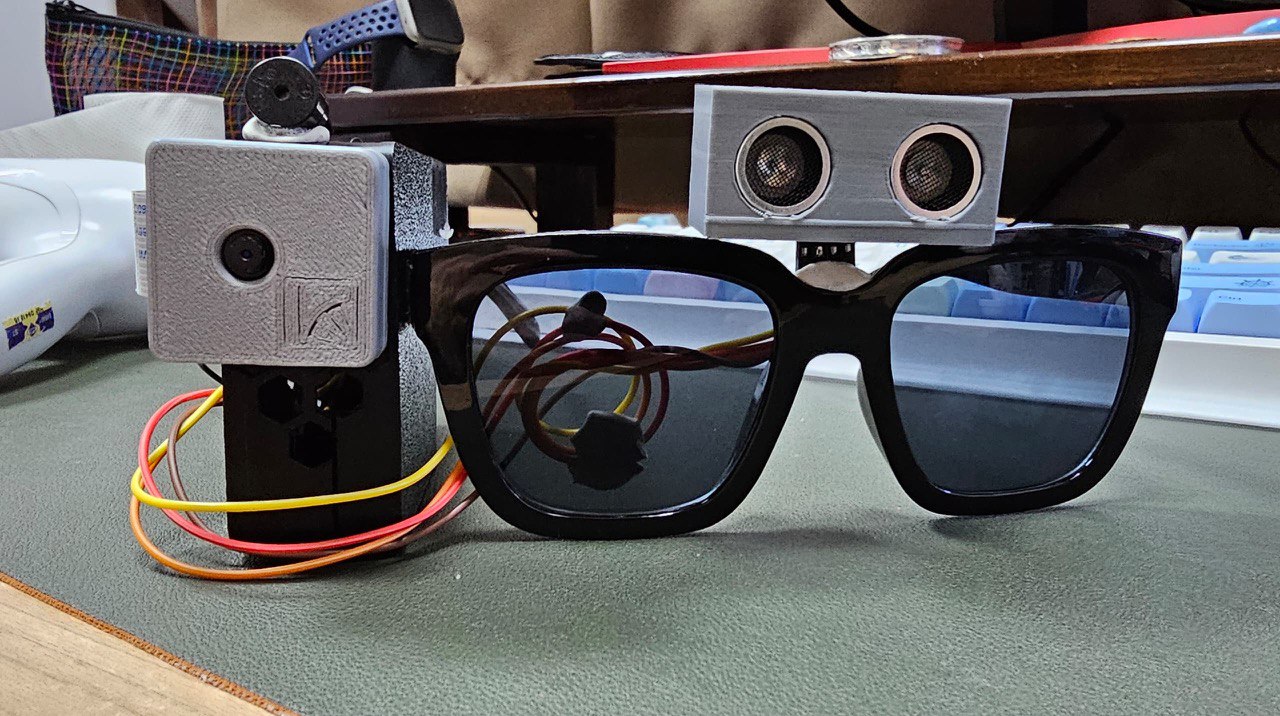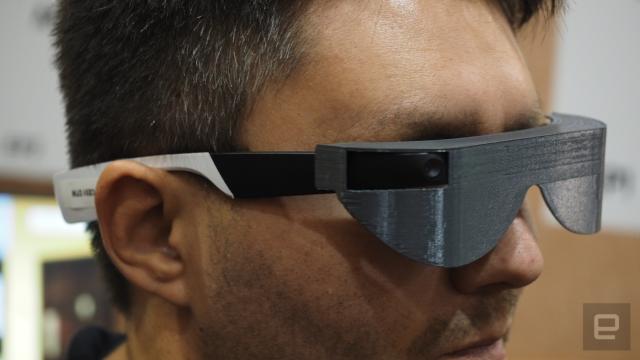Top Braille Displays and Notetakers to Enhance Accessibility for the Blind
Top Braille Displays and Notetakers to Enhance Accessibility for the Blind
Blog Article
Empowering Self-reliance With Assistive Innovation for the Blind
The assimilation of assistive modern technology for individuals that are aesthetically impaired or blind represents a considerable innovation in cultivating independence and enhancing quality of life. With a variety of devices-- from display viewers to ingenious responsive tools-- these technologies not only help with navigation and communication but also promote social inclusion and participation in different elements of life. As we check out the varied sorts of assistive gadgets and their real-world applications, it comes to be clear that the impact is profound. The evolution of this modern technology elevates essential inquiries regarding accessibility and future growths that call for additional examination.
Understanding Assistive Modern Technology
Although assistive innovation has actually developed significantly throughout the years, its basic purpose continues to be the same: to improve the quality of life for individuals with disabilities, specifically those who are visually impaired or blind. This modern technology encompasses a wide series of tools and devices that facilitate independence and capability in day-to-day activities.
Assistive technology can be categorized right into sophisticated and low-tech services, each designed to satisfy certain demands. High-tech devices usually include software applications, specialized hardware, and adaptive devices that use sophisticated modern technology to supply support in numerous contexts. Conversely, low-tech services may entail day-to-day things that are customized to enhance access, such as magnifiers or responsive pens.
The assimilation of assistive modern technology right into the lives of people that are blind or aesthetically harmed not only promotes freedom yet additionally cultivates social incorporation and engagement in educational and expert atmospheres. By leveraging these innovations, individuals can navigate their environments, accessibility info, and interact efficiently, thus enhancing their total lifestyle. Recognizing assistive modern technology is essential for caregivers, professionals, and advocates who intend to support individuals in maximizing their possible and attaining higher independence.
Kinds Of Assistive Tools
Assistive devices for the aesthetically impaired and blind are vital tools that improve daily living by addressing particular difficulties encountered by users. These tools can be broadly categorized right into 3 primary kinds: optical devices, digital devices, and sensory gadgets.

Sensory tools, such as Braille screens and tactile maps, give different methods to receive information. Braille presents convert electronic text right into Braille, allowing customers to check out touch. Tactile maps offer spatial understanding via increased structures and lines, permitting better ecological awareness.
With each other, these assistive gadgets empower people with visual disabilities to involve more completely with their environments, promoting higher freedom and confidence in everyday tasks.

Influence On Every Day Life
The integration of assistive innovation right into the day-to-days live of individuals that are visually impaired or blind substantially boosts their ability to interact and browse with the world around them. Gadgets such as display visitors, Braille presents, and mobile applications facilitate access to information, enabling individuals to involve with electronic web content, interact successfully, and take care of daily tasks individually.
In addition, technologies like clever glasses and navigation apps supply real-time assistance in unknown atmospheres, enhancing flexibility and confidence. These tools enable users to identify challenges, reviewed signs, and even acknowledge faces, hence fostering a sense of autonomy in public areas. In addition, home automation systems, which can be managed via voice commands, permit people to handle their living settings much more successfully, enhancing comfort and safety.
The influence of assistive modern technology expands past useful tasks; it advertises social incorporation and psychological wellness. By bridging the void in between individuals and their surroundings, these modern technologies encourage individuals to take part completely in community activities, pursue educational chances, and participate in purposeful relationships. Ultimately, the advancement of assistive modern technology is critical in redefining the possibilities for individuals that are aesthetically impaired or blind, leading to an extra available and inclusive culture.
Success Stories and Testimonies
Another effective endorsement comes from Mark, a current university graduate who used display reading software program throughout his academic trip. This modern technology enabled him to gain access to training course products and take part in conversations, inevitably resulting in his effective change right into the workforce. Mark credit scores assistive innovation for equipping him to attain his career goals, emphasizing its function in leveling the playing area for people with aesthetic problems.
In addition, area centers have reported increased participation in their programs thanks to the introduction of available digital platforms. These systems have made it much easier for people to attach, share sources, and assistance each other. These success stories collectively emphasize the extensive result of assistive modern technology in cultivating independence, enhancing quality of life, and damaging down barriers for the visually impaired and blind community.
Future Trends in Assistive Technology
Arising innovations are poised to transform the landscape of assistive technology for people that are visually damaged or blind. Technologies in artificial knowledge (AI) and artificial intelligence are improving the abilities of devices, enabling even more user-friendly user experiences. AI-driven applications are progressively able to recognize things and check out message aloud in real-time, providing individuals with important details concerning their surroundings.
Additionally, improvements in wearable modern technology are producing brand-new possibilities for independence. Smart glasses furnished with increased reality functions can overlay critical info onto the customer's line of vision, assisting in navigating and communication with the environment. The integration of Web of Points (IoT) gadgets is simplifying access in i need an eye exam clever homes, permitting customers to regulate appliances and receive notices through voice commands or tactile interfaces.
The development of braille displays and tactile responses systems is also growing, promoting accessibility to electronic web content and boosting interaction. As these innovations continue to develop, they guarantee to enhance daily living, educational possibilities, and work leads for people with visual impairments. Continuous collaboration in between engineers, individuals, and advocacy groups will certainly be essential in ensuring these technologies fulfill the requirements of the community effectively.
Verdict
To conclude, assistive modern technology plays a critical role in boosting the self-reliance of individuals that are aesthetically impaired or blind. By providing essential devices and resources, these modern technologies assist in improved accessibility, navigation, and interaction to information, consequently promoting freedom and positive self-image. The transformative effect of assistive gadgets not just promotes efficient interaction with the setting however additionally encourages social incorporation anonymous and engagement in various elements of life, eventually empowering users to grow within their areas.
The integration of assistive technology for individuals that are blind or aesthetically impaired represents a significant innovation in fostering self-reliance and improving top quality of life.The combination of assistive innovation into the lives of individuals that are blind or visually harmed not only promotes autonomy however likewise fosters social inclusion and engagement in academic and expert settings. Ultimately, the development of assistive technology is critical in redefining the possibilities for people that are aesthetically damaged or blind, leading to a much more easily accessible and comprehensive culture.
Many individuals who are aesthetically damaged or blind have actually shared motivating success tales that highlight the transformative effect of assistive modern technology on their lives.In verdict, assistive innovation plays a critical function in enhancing the independence of individuals who are blind or visually damaged.
Report this page